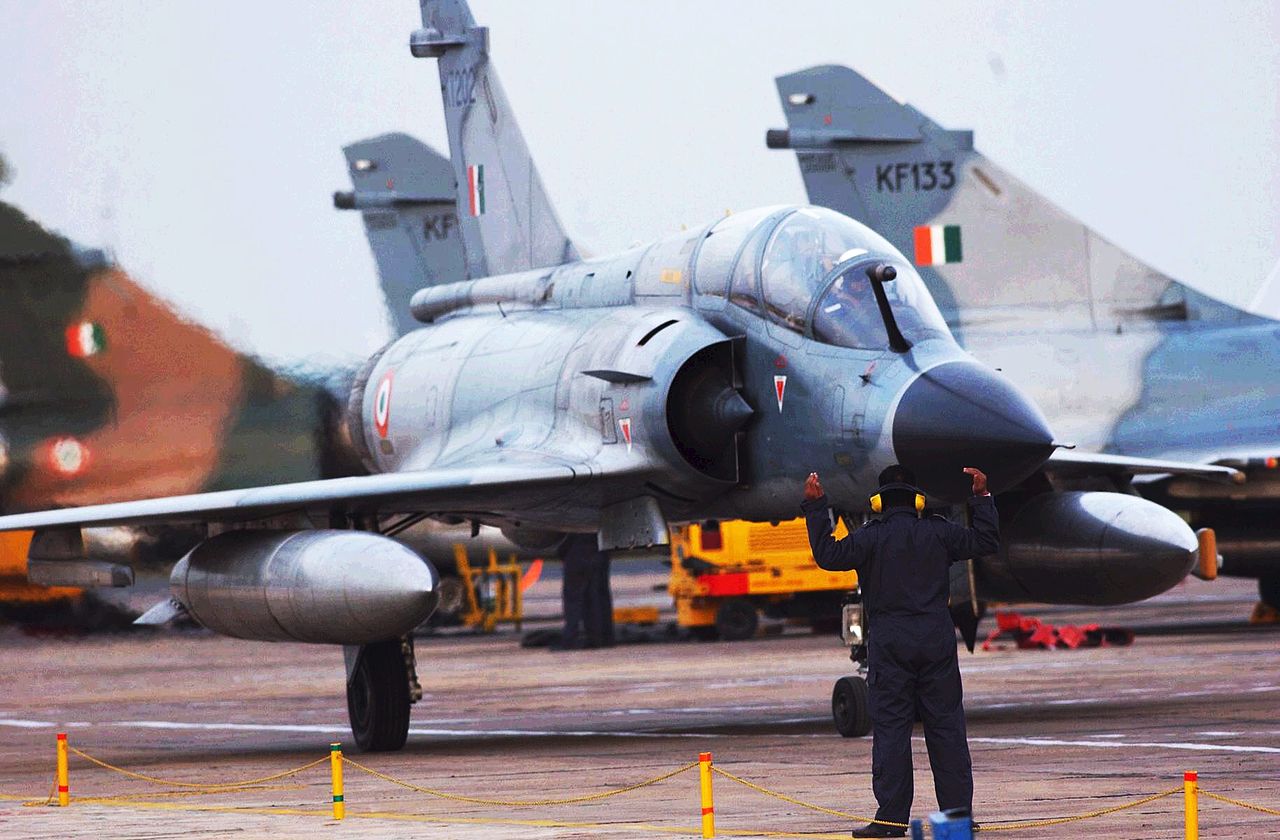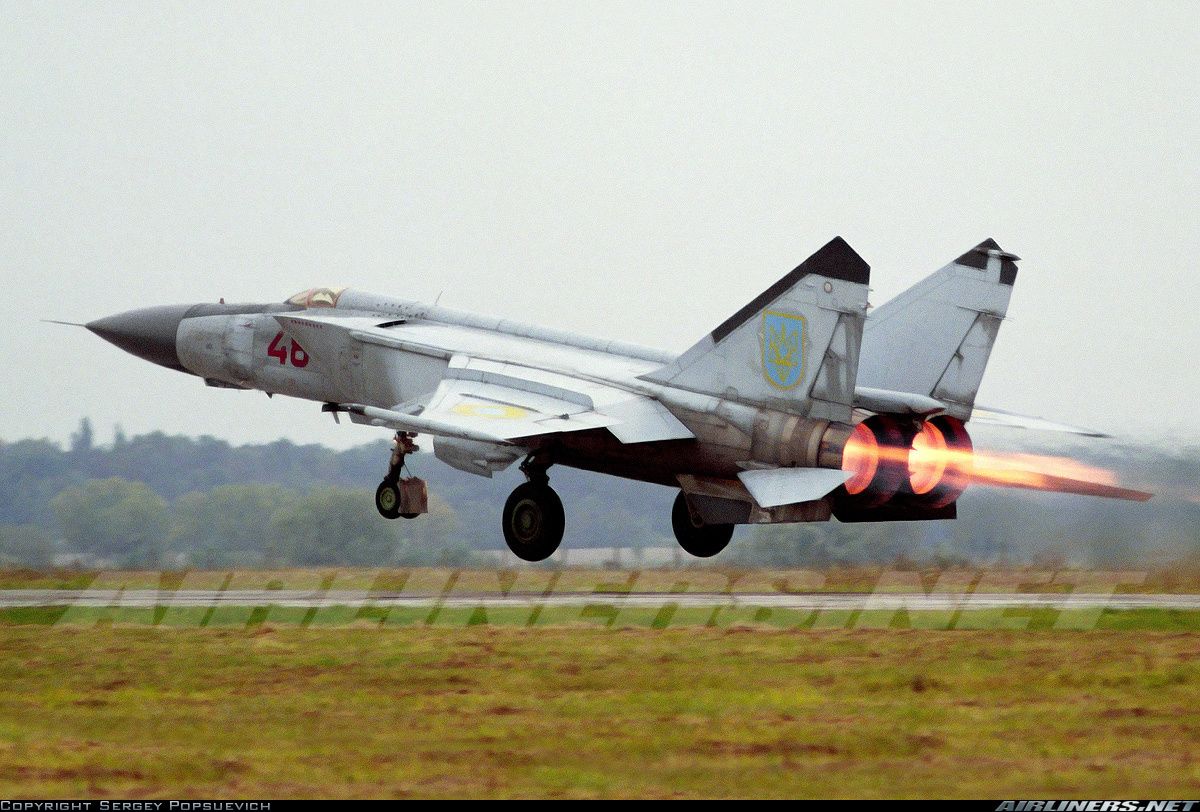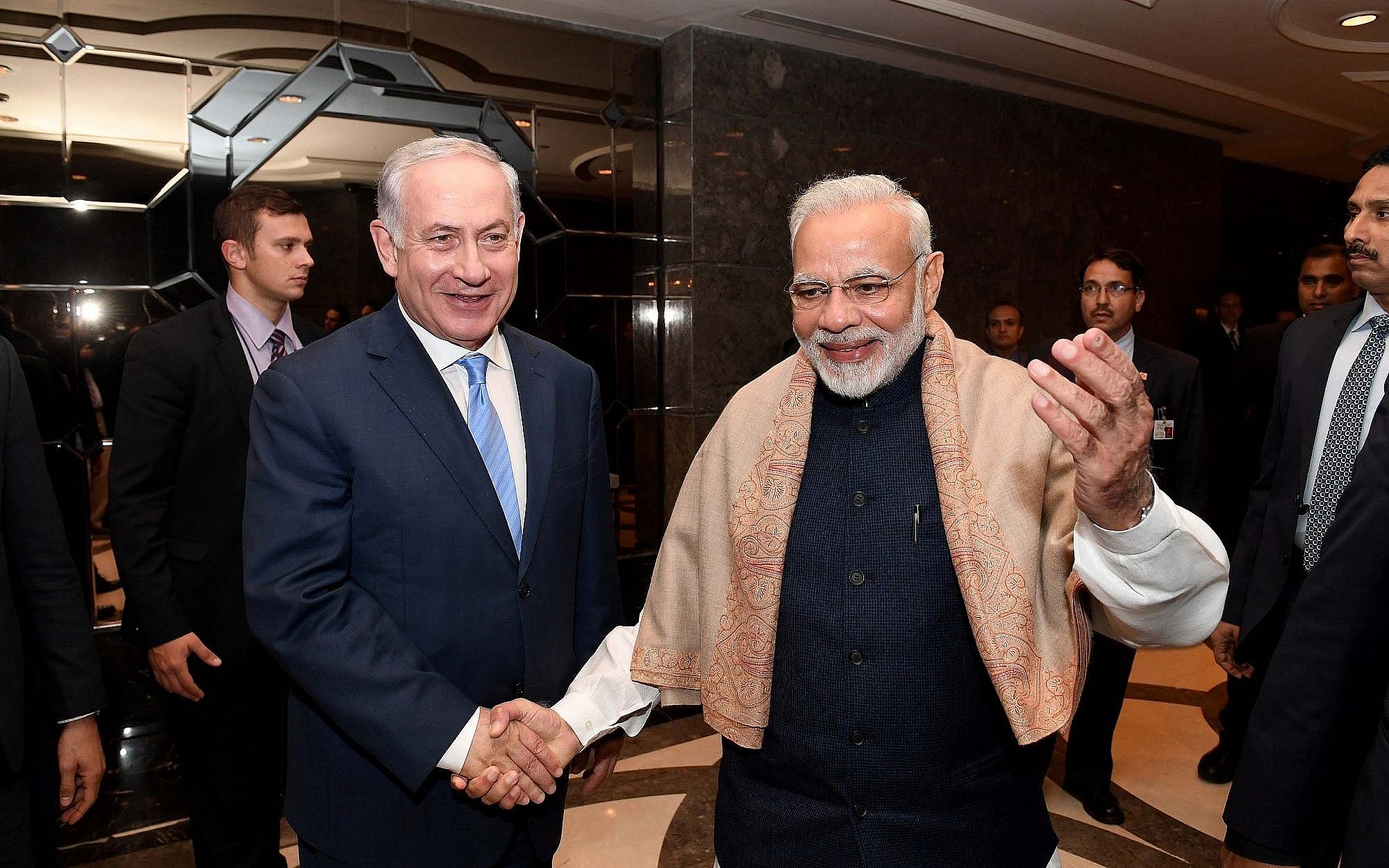Twenty-five years after the Kargil War, Israel’s former ambassador to India made interesting remarks, linking India’s latest arms support to Israel to India’s expression of gratitude for Israel’s support during its 1999 war against Pakistan.
In an interview with Israeli publication Ynet News, Former Israeli Ambassador to India Daniel Carmon said, “The Indians always remind us that Israel was there for them during the Kargil war. Israel was one of the few countries that stood by them and provided them with weapons. The Indians don’t forget this and might now be returning the favor.”
The remarks come against the backdrop of conjectures that India is providing Israel with artillery rounds and drones after the latter ran out of those supplies during its more than eight-month-long battle with Hamas. On its part, India officially insists on a diplomatic resolution to the Gaza war.
Earlier this year, reports surfaced indicating a surge in Israel’s demand for ammunition. “Israel’s operations have created a growing need for ammunition,” said an Israeli source speaking to Reuters.
As the conflict between Israel and Iran-backed Hamas intensified, India’s role as a strategic supplier of munitions became increasingly pivotal. As per previous reports, India sent over 20 Adani-Elbit Advanced Systems India Ltd-made Hermes-900 military drones, or crucial subsystems/munitions required for them, to the Israeli military.
AfriPrime App link: FREE to download...
https://www.amazon.com/Africircle-AfriPrime/dp/B0D2M3F2JT
The Adani-Elbit Advanced Systems India Ltd., a joint venture between Adani Defence and Aerospace and Israel’s Elbit Systems, has been instrumental in exporting munitions to Israel. Additionally, the Indian government-owned Munitions India Ltd. exported ordnance to Israel in January 2024.
A big revelation about India’s arms support to Israel came last month when a ship carrying Indian weapons for Israel was denied permission by Spain to anchor in one of its ports. According to reports, the vessel was carrying 27 tons of explosive material from India and may have avoided going through the Red Sea, which is home to Yemen’s Houthis, to reach Israel.

Speaking during a press briefing in Brussels last month, Spanish Foreign Minister José Manuel Albares Bueno said, “27 tonnes of explosive material from India to Israel found itself denied port facilities in Spain. This is the first time we have done this because it is the first time we have detected a ship carrying a shipment of arms to Israel that wants to call at a Spanish port.”
Israel is one of India’s main armaments suppliers, and the two countries have strong ties in several areas of defense and security. Israel Aerospace Industries (IAI), a well-known Israeli defense conglomerate and weapons manufacturer, states in its annual reports that India is its primary international customer.
Israel is said to have supplied India with $2.9 billion worth of military hardware over the past ten years, including weapons, radars, missiles, and other surveillance equipment.
Ynet News said in its report, “The war in Gaza put the relationship between Israel and India to a tough test, one that many allies failed to pass. During the first hours of October 7, Indian Prime Minister Narendra Modi posted his support for Israel and unequivocally condemned terrorism. Once he set the tone, his country showed unconditional support for Israel in the first few months.”
India has insisted on a two-state solution for Israel and Palestine and has lent support to Palestine’s membership of the United Nations. However, India has also offered direct and indirect support to Israel in its war against Hamas, which has now killed more than 37,000 people, including women and children.
On April 5, India abstained from voting on a resolution passed by the 47-member Human Rights Council that demanded Israel immediately declare an end to hostilities in Gaza and that all nations impose an arms embargo.
Although the latest remarks made by the former Israeli ambassador about India’s arms shipments as gratitude for Israeli assistance during the Kargil conflict have not been acknowledged by either Israel or India, they are nonetheless significant given that India is celebrating 25 years of its win in the last major war it fought against its hostile neighbor, Pakistan.
AfriPrime App link: FREE to download...
https://www.amazon.com/Africircle-AfriPrime/dp/B0D2M3F2JT
How Israel Helped India In The Kargil War?
The Kargil War took place between India and Pakistan in the Kargil district of Jammu and Kashmir, as well as other locations along the Line of Control (LoC) between May and July 1999. The Indian Air Force collaborated with the Indian Army to drive the Pakistan Army and paramilitary forces from Indian positions that had been abandoned along the Line of Control.
India looked to Israel, a nation with technological know-how and expertise in counterterrorism and border security. Israel became one of the few nations to directly support India by providing mortars and ammunition.
According to reports, Israel also supplied laser-guided missiles for India’s fighter jets. Some claims suggest that the United States and other nations compelled Israel to postpone the delivery of armaments that had been ordered before the incursion during the Kargil conflict. However, Israel defied the calls and fulfilled the order promptly.

Further, Israel supplied images from its military satellites to pinpoint the strategic places used by the Pakistan Army.
Due to international sanctions imposed on India at the time over the 1998 Pokhran nuclear test, Israel’s assistance during the Kargil conflict proved to be vital and laid the base for a strong relationship between the two in years to come. In the aftermath of the war, as India decided to boost its combat capability, Israel sent India military hardware valued at an estimated $10 billion between 2000 and 2010.
India Used World’s ‘Fastest’ MiG-25 Foxbat
MiG-25 was a super fast reconnaissance platform. For a quarter of a century, it served the Indian Air Force (IAF) with ultimate swag.
In seconds, the MiG-25 could climb to the stratosphere (the second layer of the earth’s atmosphere) and attain supersonic speeds. The pilots could see the earth’s curvature from the top, and their capability remained unmatched. This would earn the MiG-25’s flight the nickname “Loneliness at Mach 3.”

The USSR began work on MiG-25s in 1959. They were initially planned to be interceptors, a role they failed miserably. However, their unmatched supersonic speed and stratospheric reach made them excellent reconnaissance aircraft.
In 1981, the Indian Air Force inducted 10 MiG-25s into its newly raised 102 Squadron, The Trisonics. Such was the mystery of the jet that more than 90 percent of the Indian Air Force personnel did not have access to it. Its existence remained confidential even post-retirement.
The missions flown by the squadron continue to remain classified. The aircraft’s high operational height meant that the pilots wore space suits similar to those worn by astronauts.
For long, the West feared the MiG-25. The US gained access to the aircraft only when a Soviet pilot stole the jet and landed in Japan. Post-inspection, the US termed the aircraft “unsophisticated,” saying it was not agile enough to fulfill its initially planned role of an interceptor.
Retired Air Marshal Sumit Mukherjee, who flew the mighty MiG-25s, echoed the sentiments of the American pilots. “Like other fighter planes, MiG-25 pilots could not do aerobatics on this jet. The aircraft was first designed to take down SR-71 Blackbird,” Air Marshal Mukherjee said.
“The aircraft was not maneuverable. However, it did not have to get into a dogfight with any aircraft because there were no aircraft of that caliber. It was a dud in air combat,” Air Marshal quipped.
The reconnaissance MiG-25 was not armed. “Our only weapon was height and speed; we used it to avoid any potential threat. MiG-25 flew above the radar lobe. Unless the enemy was aware that we were incoming and turned their radars upward, we could always penetrate the enemy territory undetected,” explained Mukherjee.
In May 1997, an IAF MiG-25 flew over Pakistan and broke a sound barrier near Islamabad. The resulting sonic boom alerted Pakistanis to the presence of an unknown aircraft, and it scrambled its interceptors.
But with an operational height of over 70,000 and a speed of Mach 2.5, it was beyond the reach of the Pakistan military. IAF MiG-25s regularly flew reconnaissance missions across Pakistan to map the country, and the information gathered was used to maintain an Order of Battle (ORBAT) against Pakistan.

Despite its high-flying height, it was just above 30,000 feet from the towering Himalayas, and it revealed minute details of the Pakistani military. The camera fitted on its belly took crystal-clear images. The images were so clear that the IAF could see humans on a Pakistani tarmac.
The aircraft was used during the 1999 Kargil conflict between India and Pakistan at a much slower and lower level to map the targets on the Pakistan side before the Mirage 2000s were used to hit the targets.
MiG 25 was not the first choice for surveillance. However, the jers were utilized to make the IAF’s role in the operation more effective.
The aircraft flew at a lower height, which was never envisaged, and there were no laid down Standard Operating Procedures (SoPs). Also, it needed to maintain a velocity and height ratio for the camera to click clear photographs.
At the given height, the aircraft was well beyond the range of the surface-to-air missiles, but the only threat was from aerial interception. Mirage-2000s escorted the aircraft during the mission.
“The aircraft did the finest photography of the Line of Control between India and Pakistan. This helped in better planning of missions,” Air Marshal Mukherjee added.
AfriPrime App link: FREE to download...



